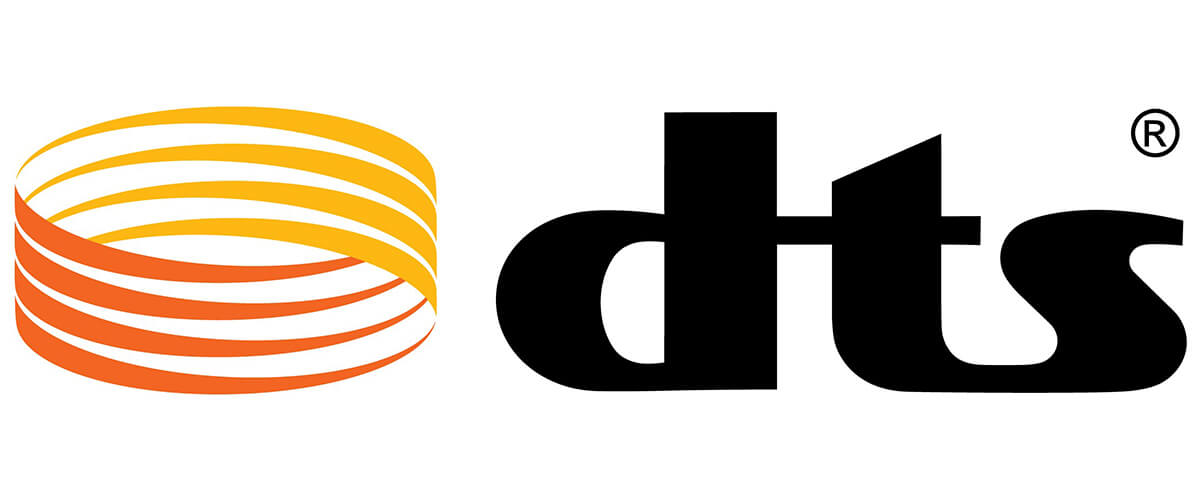You’ve probably seen Dolby and DTS logos on movie posters, but do you know what they are? The two audio formats are widely used in theaters.DTS is a company that has been around for much longer than Dolby (Dolby was founded in 1965, while DTS was founded in 1987). It’s because of this age difference that many people believe the sound quality of DTS is better. However, recent studies show that most people prefer Dolby over DTS when it comes to home theater systems. This post will compare these two audio formats to help you decide which one sounds best for your needs!
What is Dolby Digital?
Dolby Digital is an audio format developed by Dolby Laboratories. It was created in 1985 and used in many theaters to provide high-quality sound for movie watchers.
Since its release, it’s become a standard among most major theater chains as the default sound system for movies (including IMAX). Along with this popularity in theaters, Dolby Digital has become increasingly popular for home theater systems.

Here are a few things you should know about this audio format:
- Provides up to six channels of surround sound (Dolby Pro Logic surrounds)
- Uses lossless compression that will maintain the original quality from an uncompressed movie and soundtrack sources
- Provides high, medium, and low frequency bands for better sound quality
- Dynamic Range Control plays a role in how much background noise you hear. It is often used to make dialog clearer because it can reduce the volume of sounds that are louder than a speech by up to 20 dB
- Can be encoded as 48/96 kHz or 192/384 kHz
What is DTS?
DTS audio format was developed by a Digital Theater Systems company, which the British firm of Technicolor has since bought out. The first film to use this system (Jurassic Park) was released in 1993, and it’s now one of the most common formats for home theater systems because many people think the sound quality is better than Dolby.
DTS has three formats: DTS, DTS-ES, and DTS-HD Master Audio. The latter two are optimized for movies with a dynamic range of up to 18 decibels (dB), making them ideal for theaters with speakers in specific locations or home theater systems with dynamic speaker arrangements.
There is also DTS:X, which competes with Dolby’s Atmos. DTS:X is a premium home theater and sound system technology designed to create an immersive surround experience that allows for placement of speakers both around the listener (creating “horizontal” 360) as well as from overhead (“vertical” 90).

Here are a few things you should know about DTS audio formats:
- There are four different formats, two of which are designed for movies
- The two movie theater audio formats use dynamic ranges up to 18 dB (DTS:X) and 12dB (DTS HD Master Audio)
- DTS provides a much higher resolution than Dolby Digital in most instances, with soundtracks encoded at 48/96 kHz or 192/384 kHz
DTS vs. Dolby Digital
DTS offers higher bit rates that promise a more realistic movie experience.
Nonetheless, Dolby has some notable advantages, such as a higher signal-to-noise ratio and greater speaker calibration.
To most people, Dolby sounds better. So if you are more used to it or want the best sound quality possible for your home theater system, then go with Dolby!
If you are looking for a more immersive experience that fills up a room and feels like it’s coming from all around, then DTS might be a good choice (especially if you have a home theater system with speakers in specific locations).
Ultimately, it is up to your preference. If Dolby Digital sounds better, then go for that! On the other hand, if DTS is more immersive and dynamic soundscape appeals to you more than the accuracy of audio fidelity – then go ahead and choose that one.
We are supported by our audience. When you purchase through links on our site, we may earn an affiliate commission at no extra cost to you.
Our newsletter
* We will never send you spam or share your email with third parties





